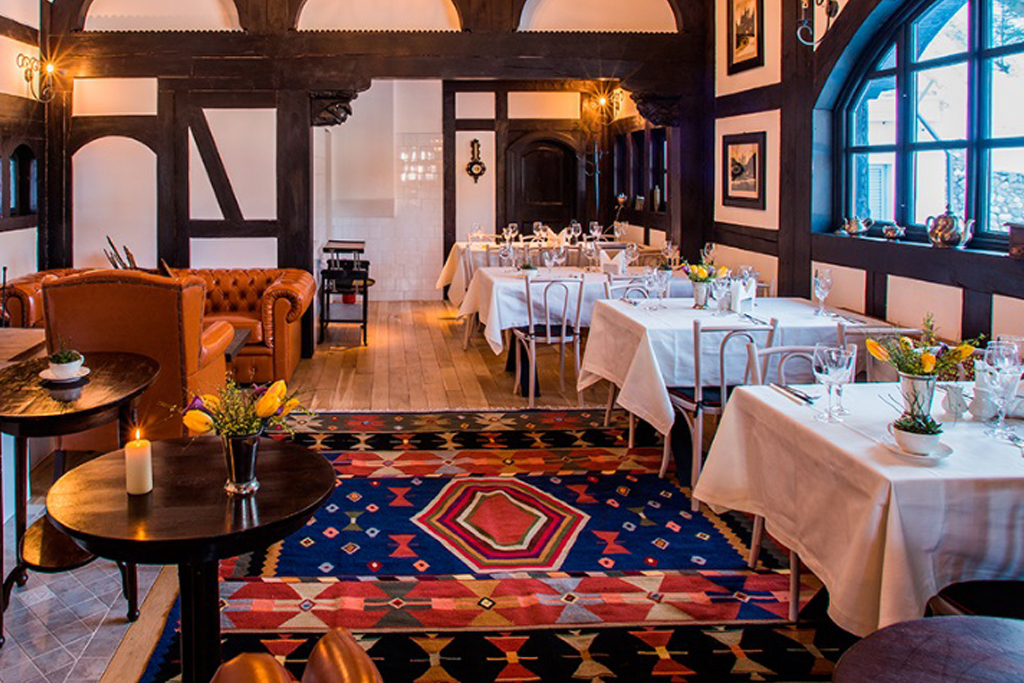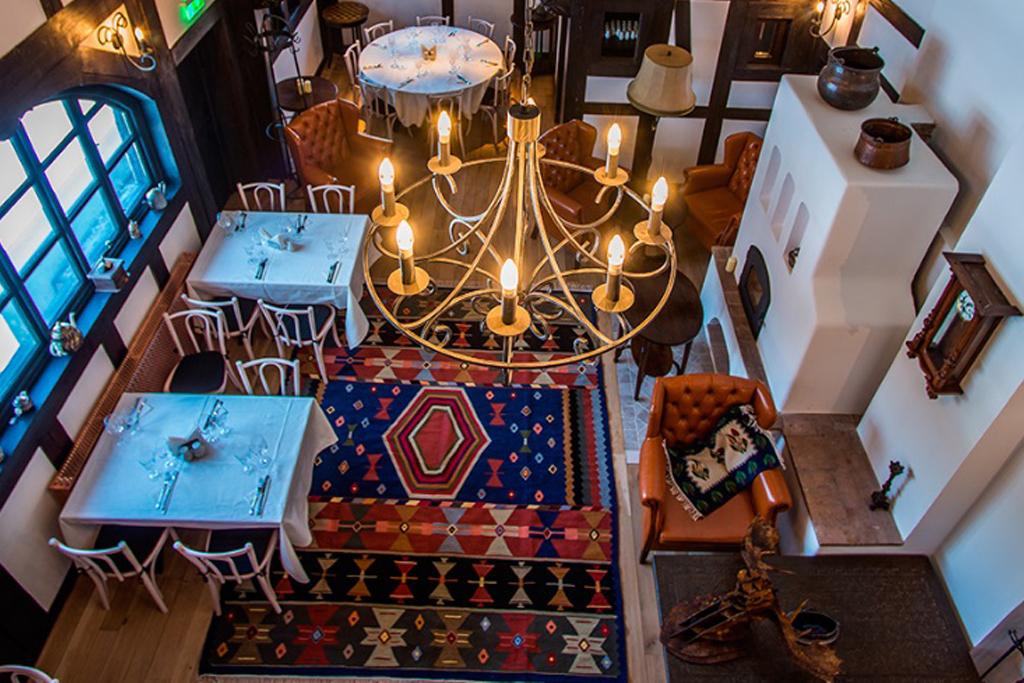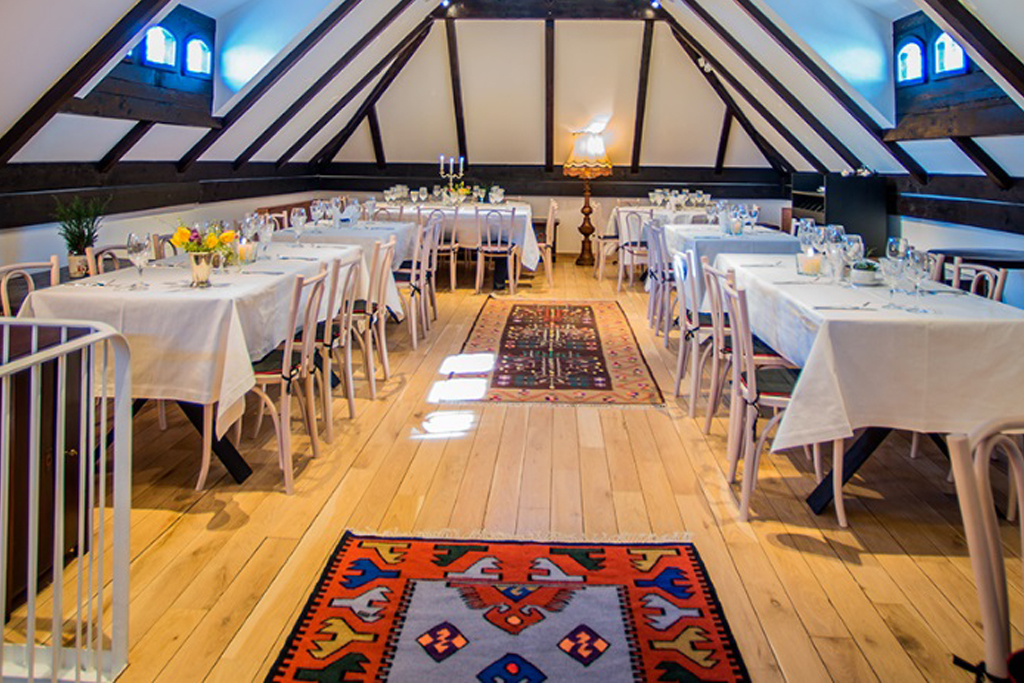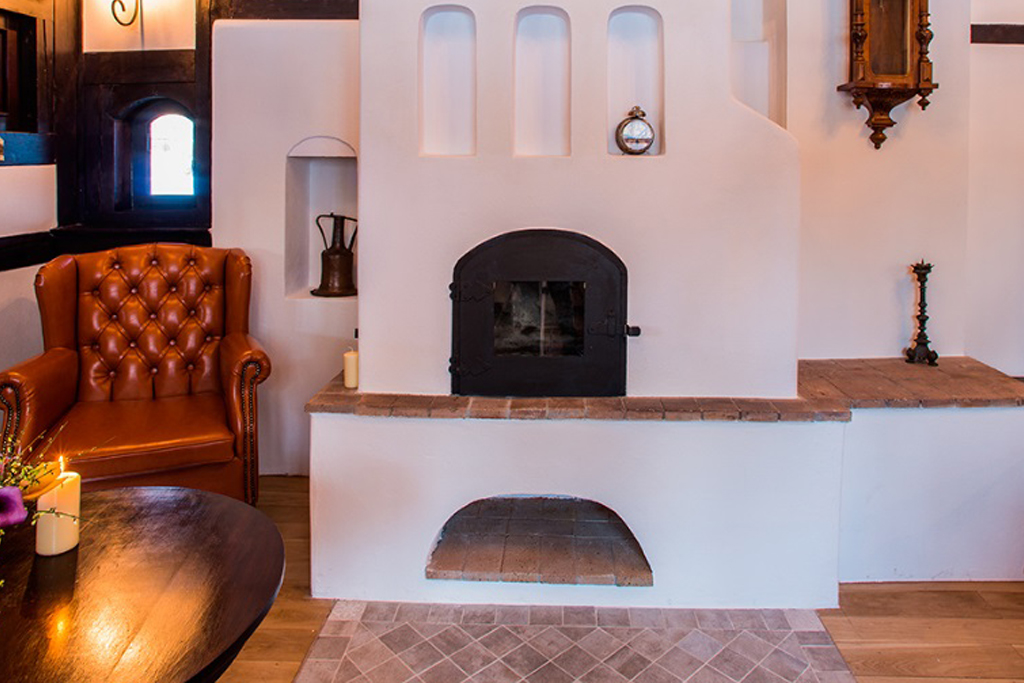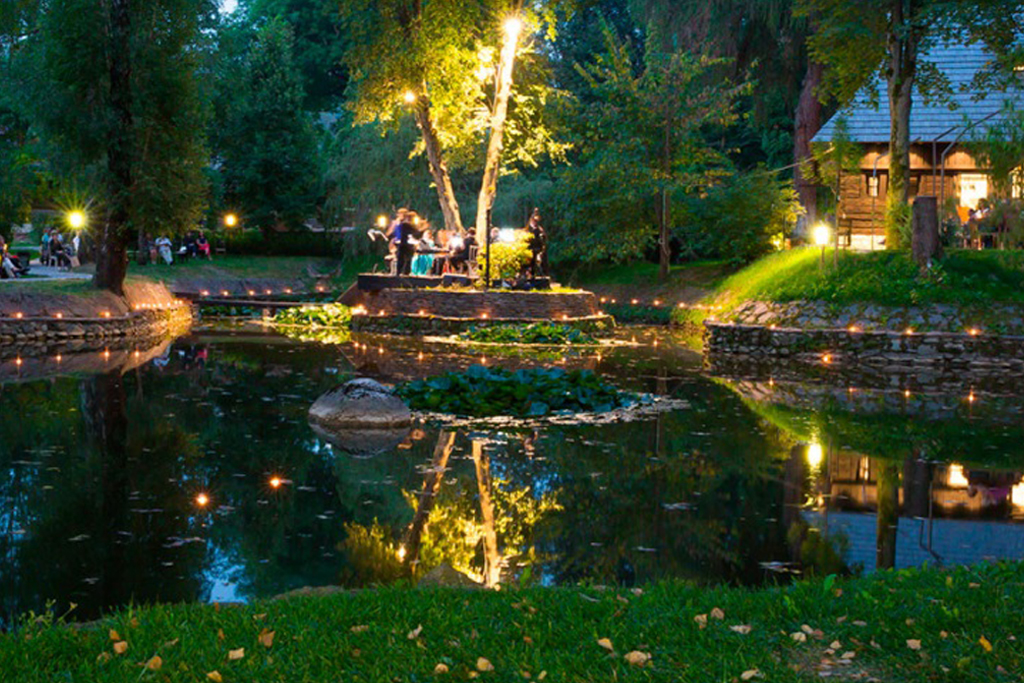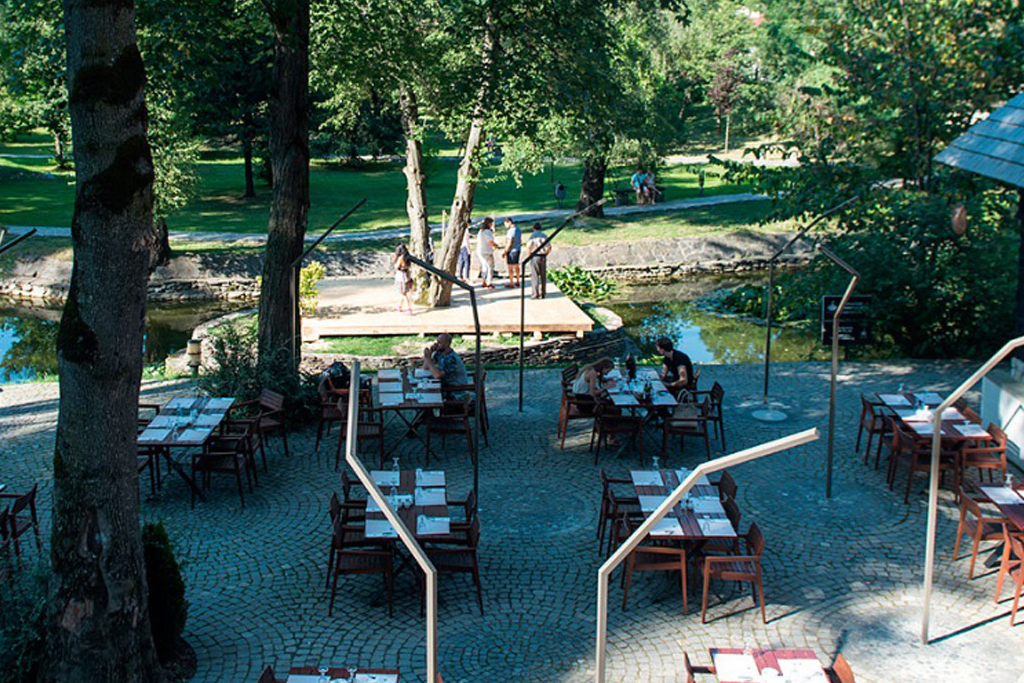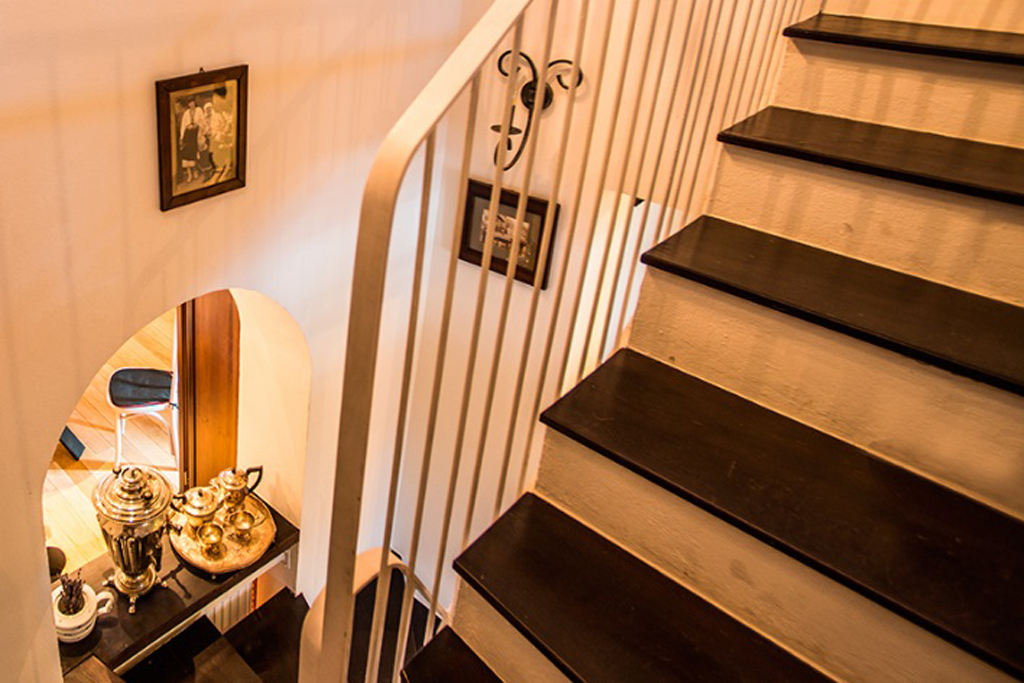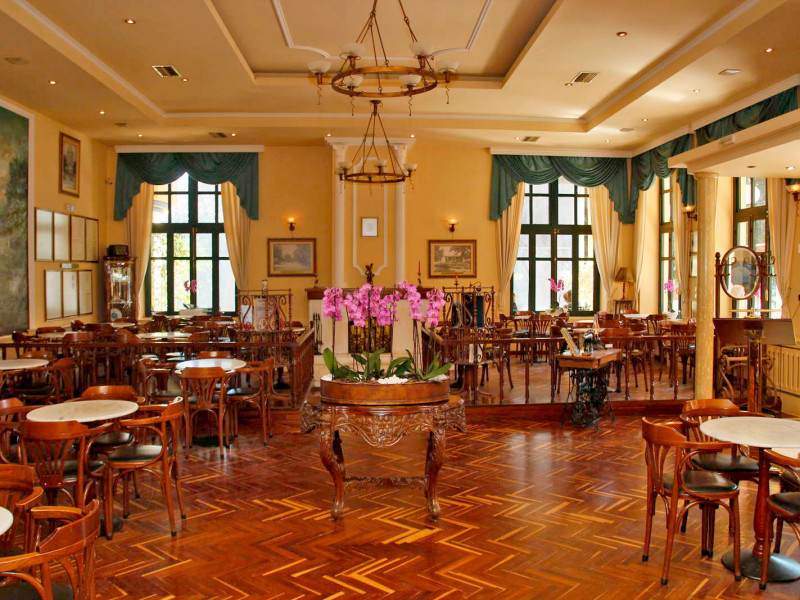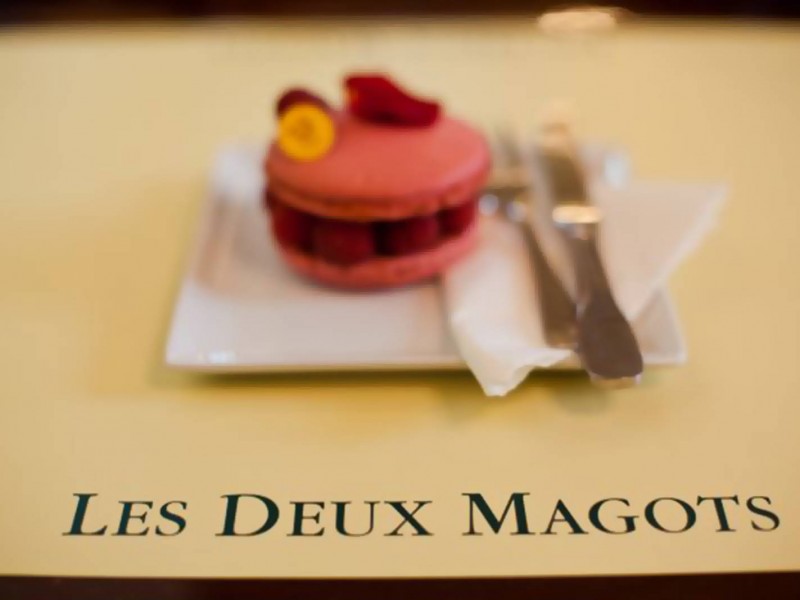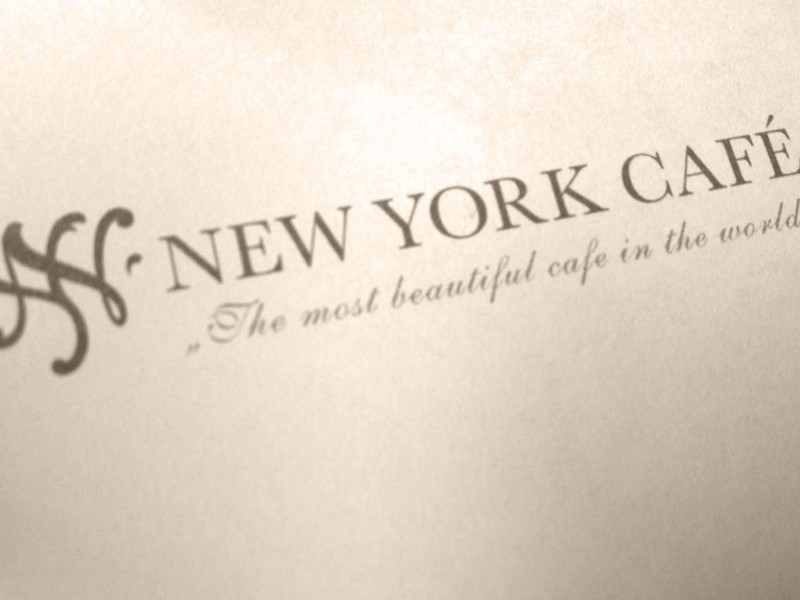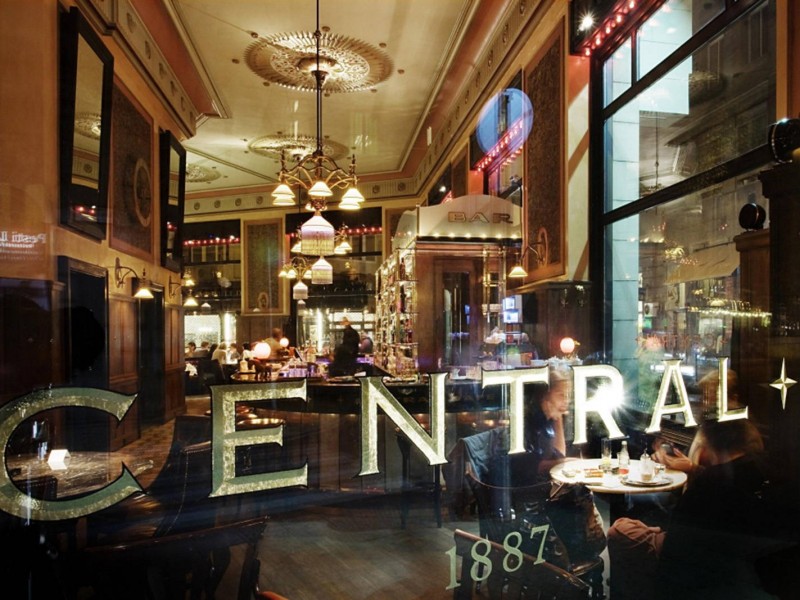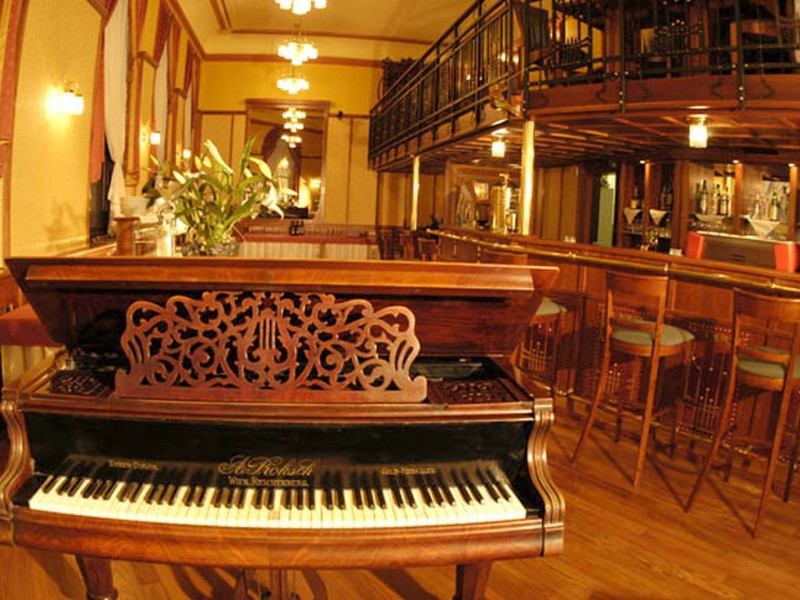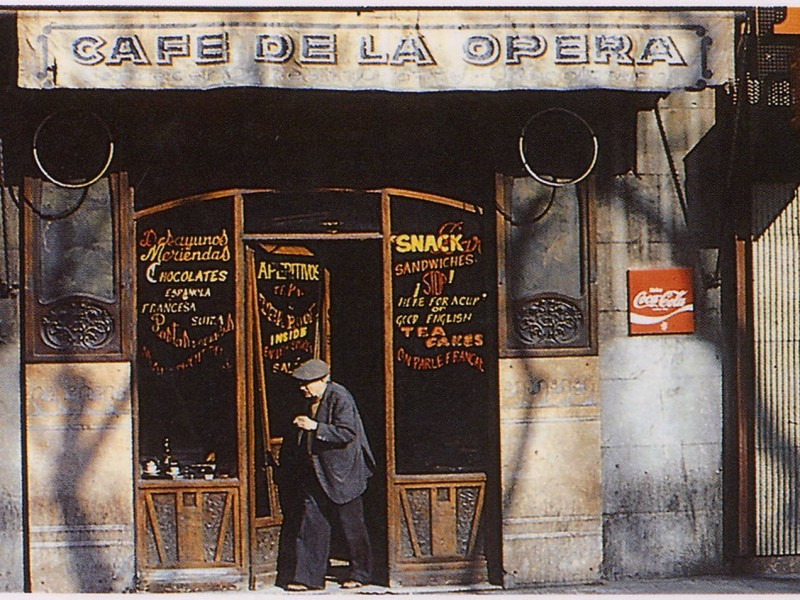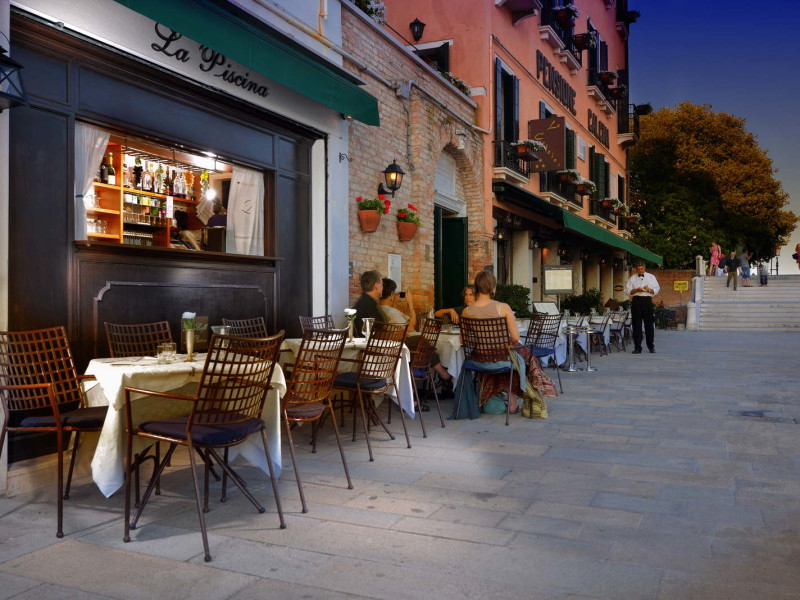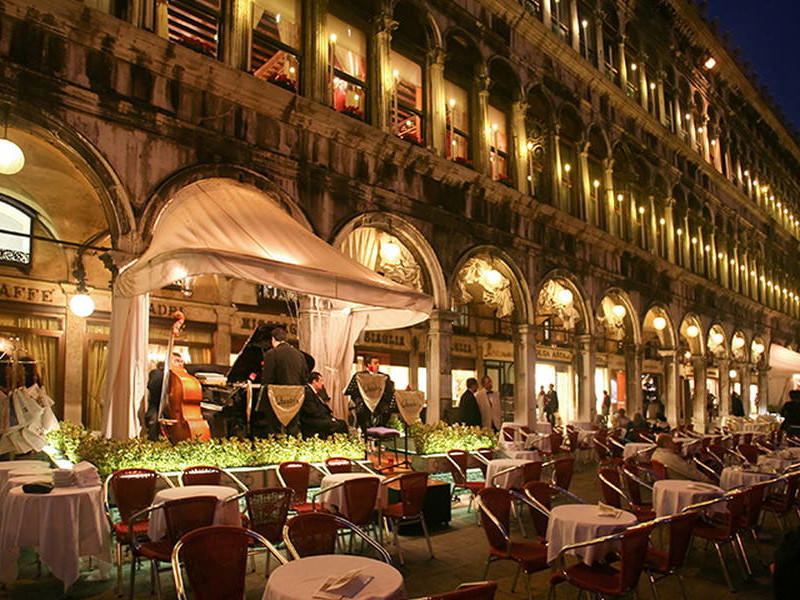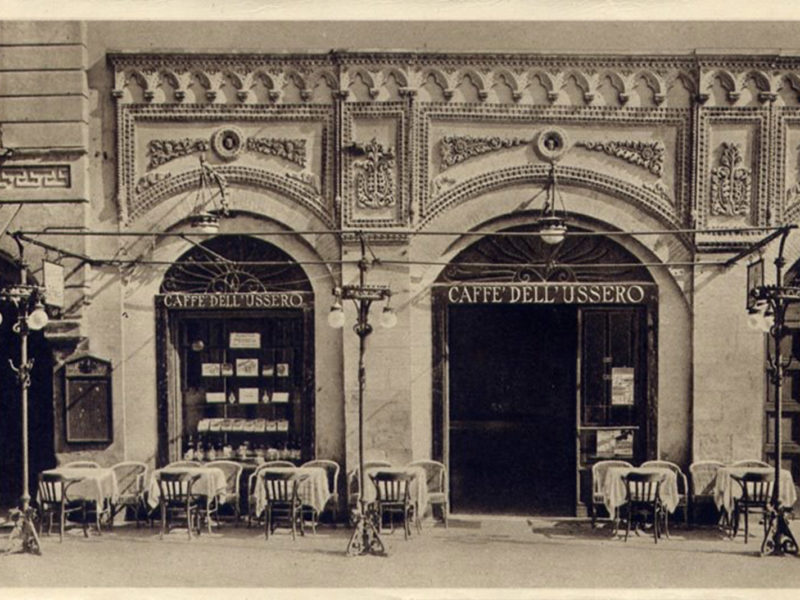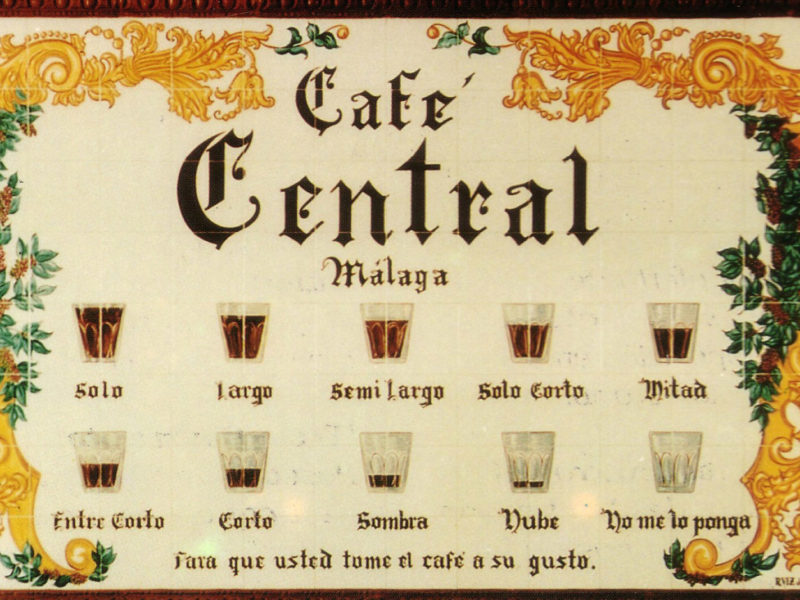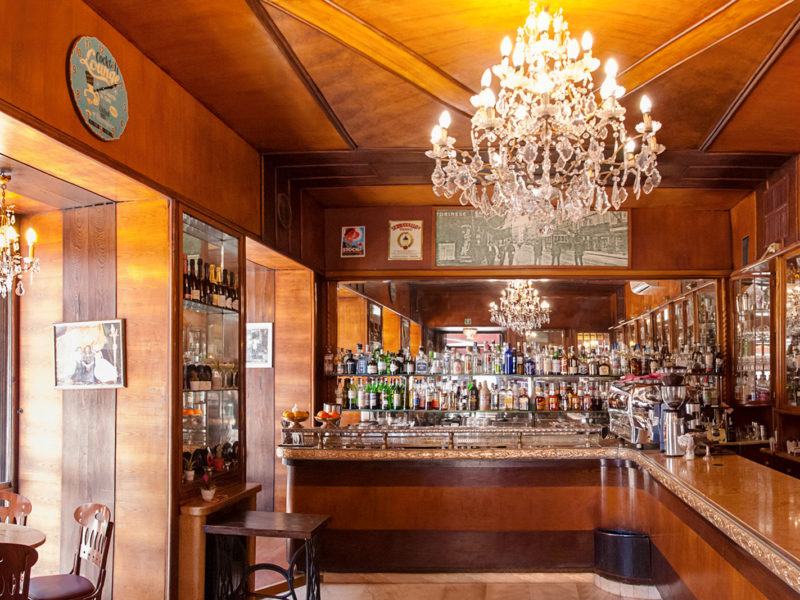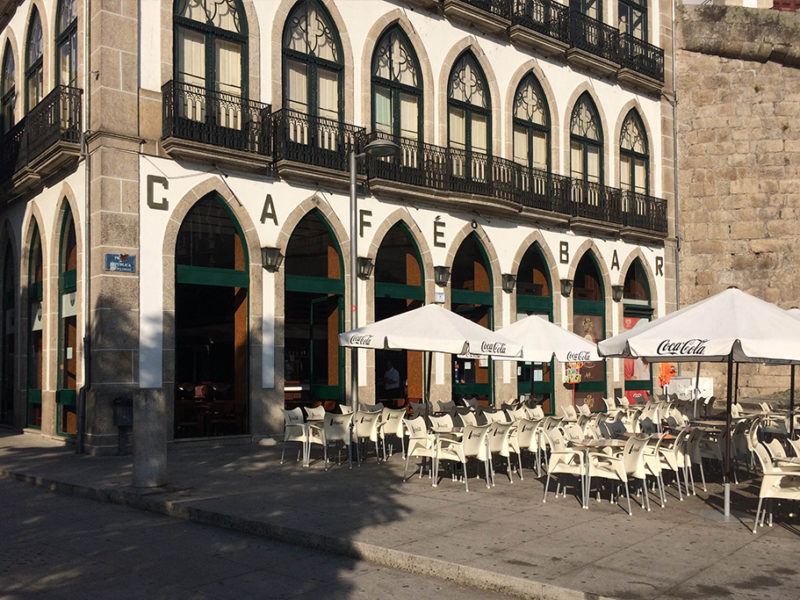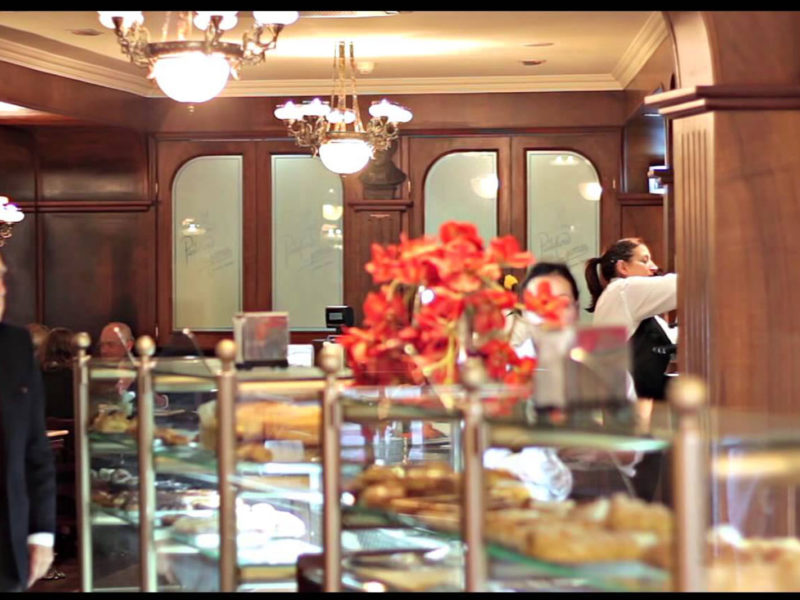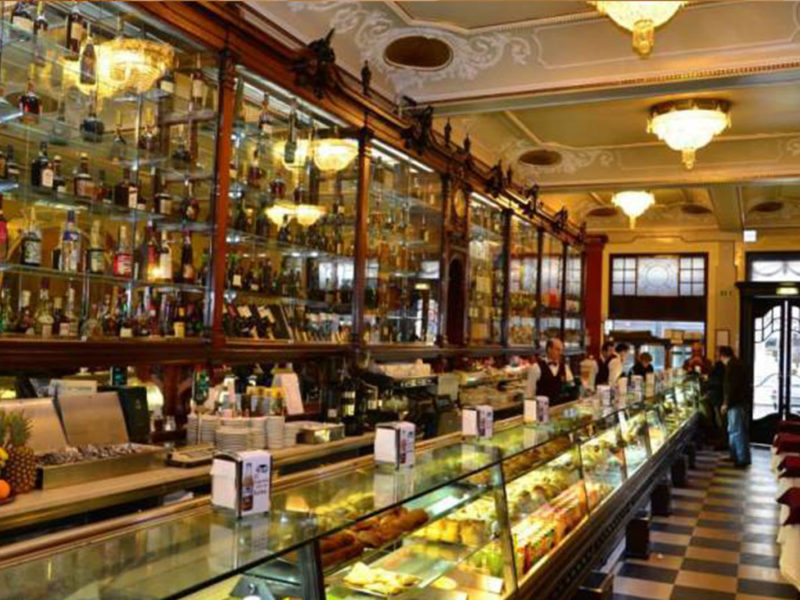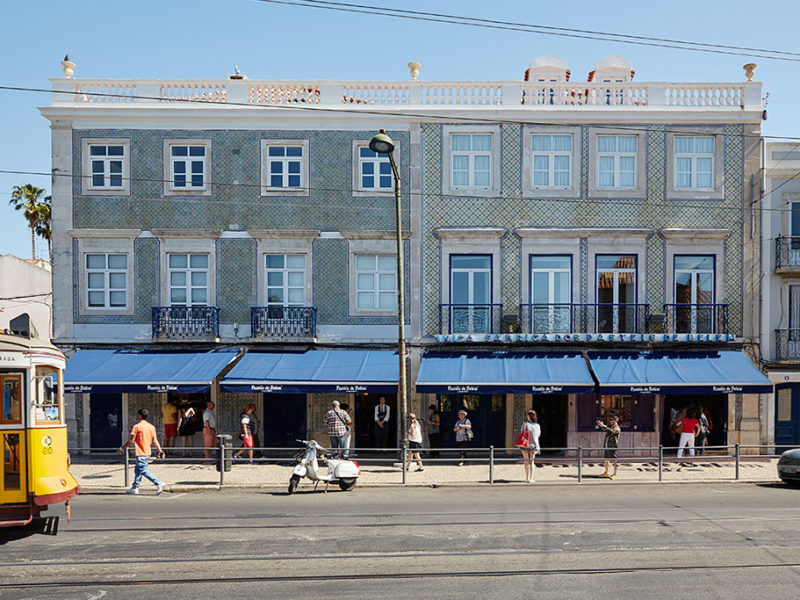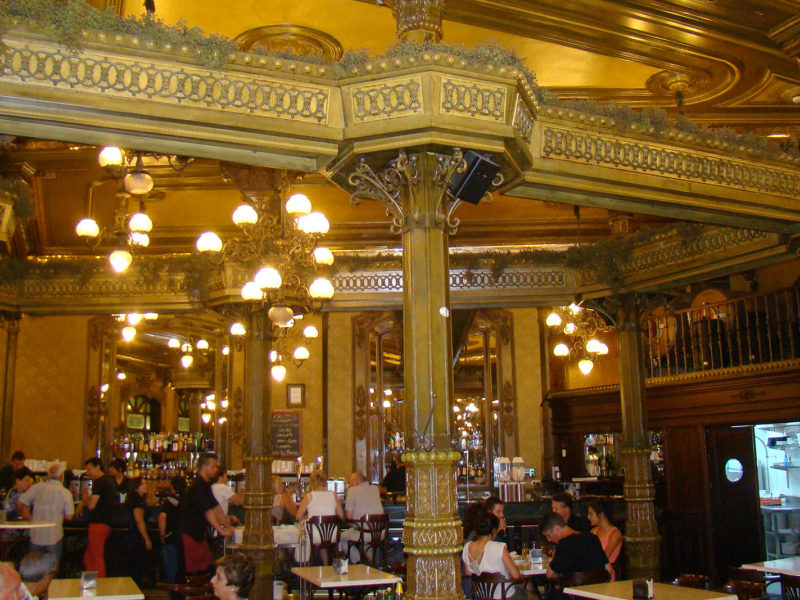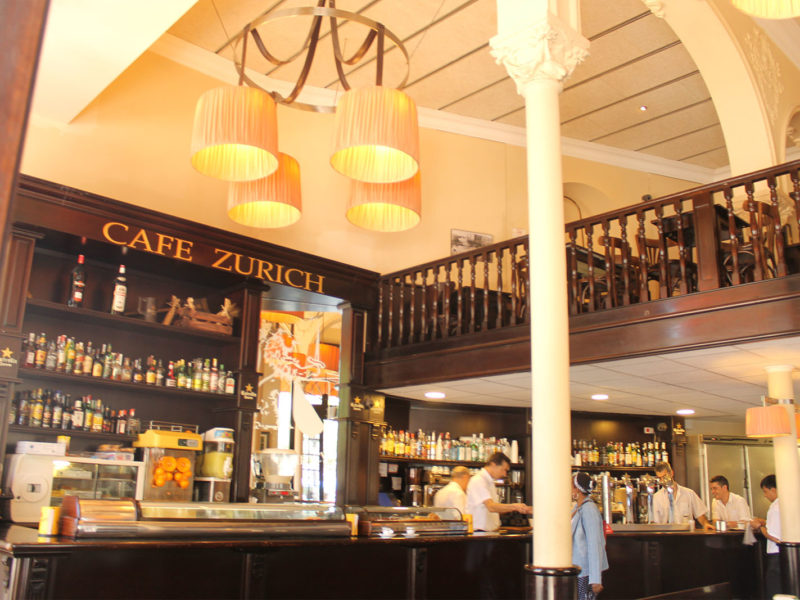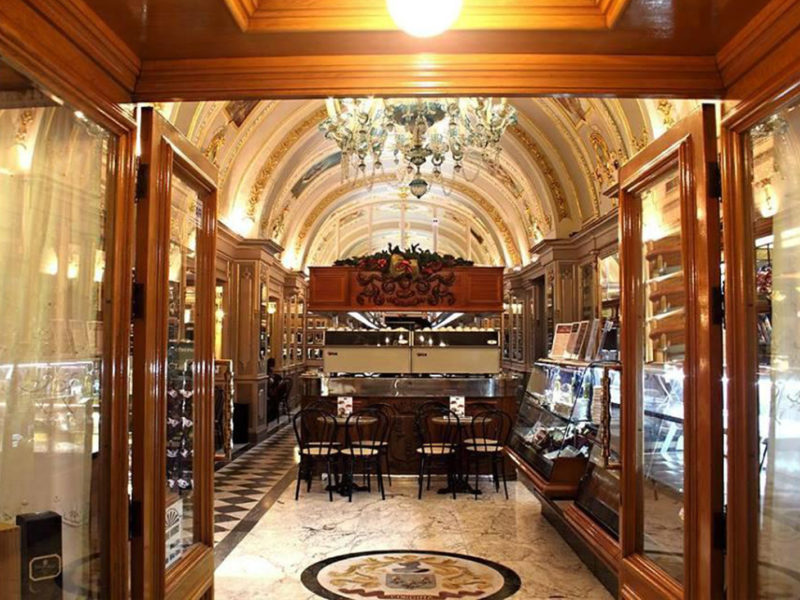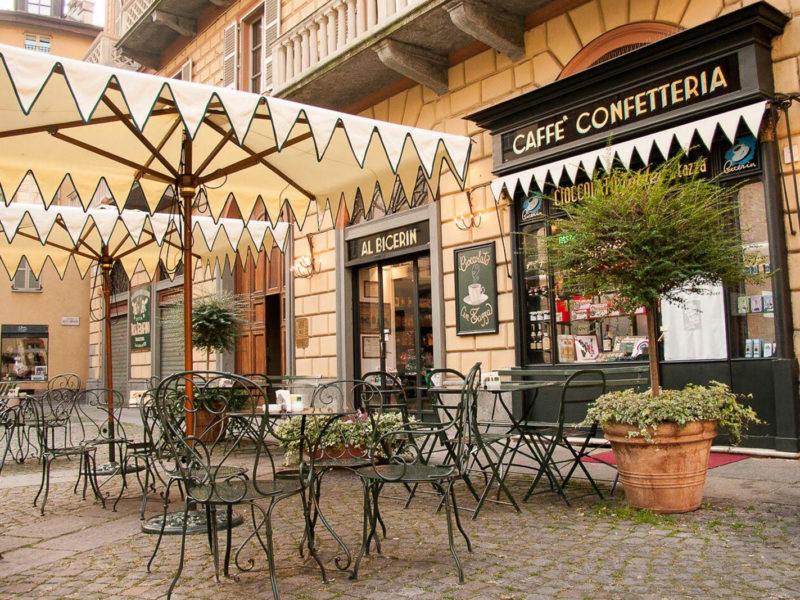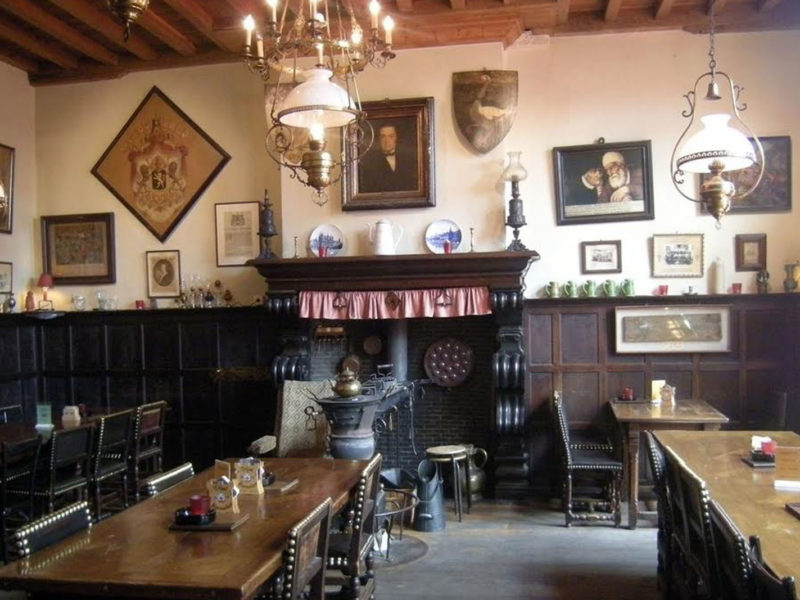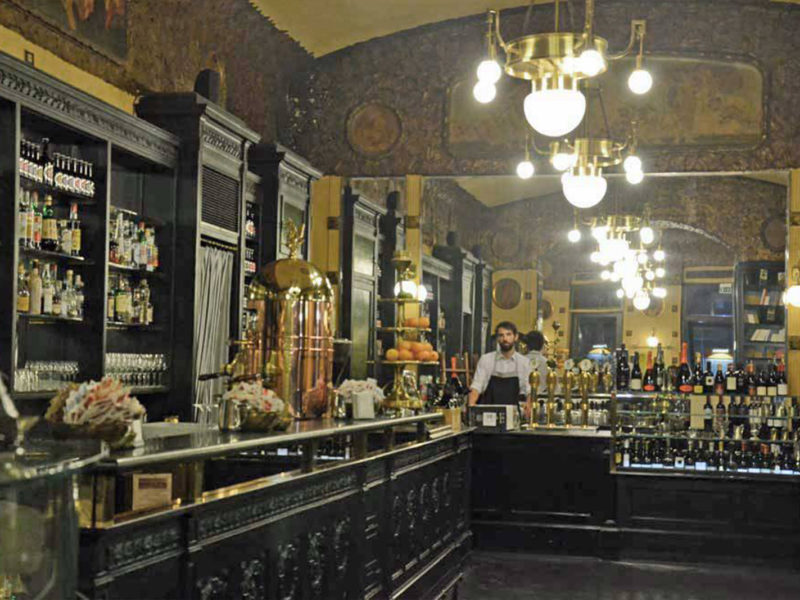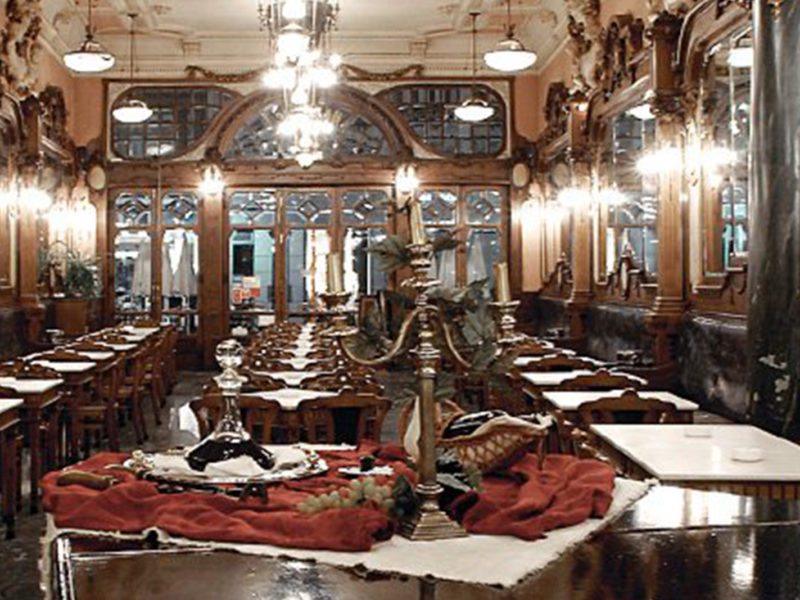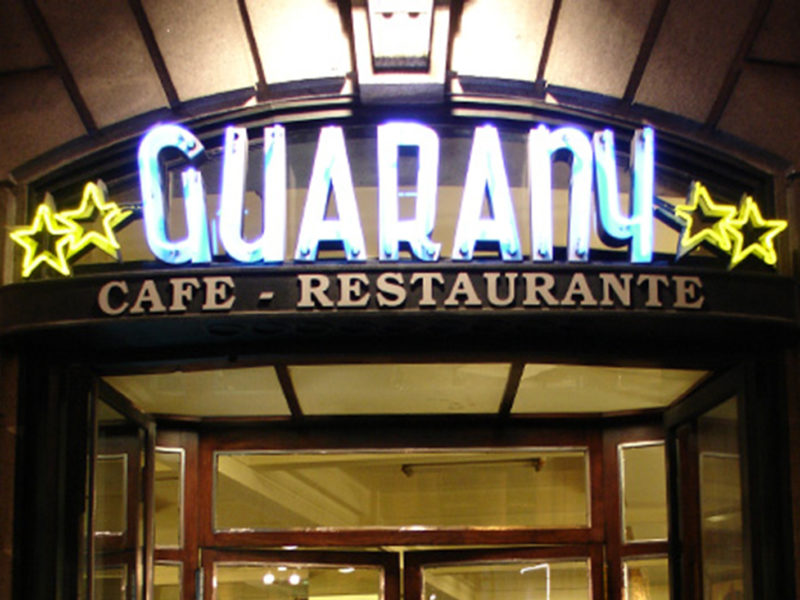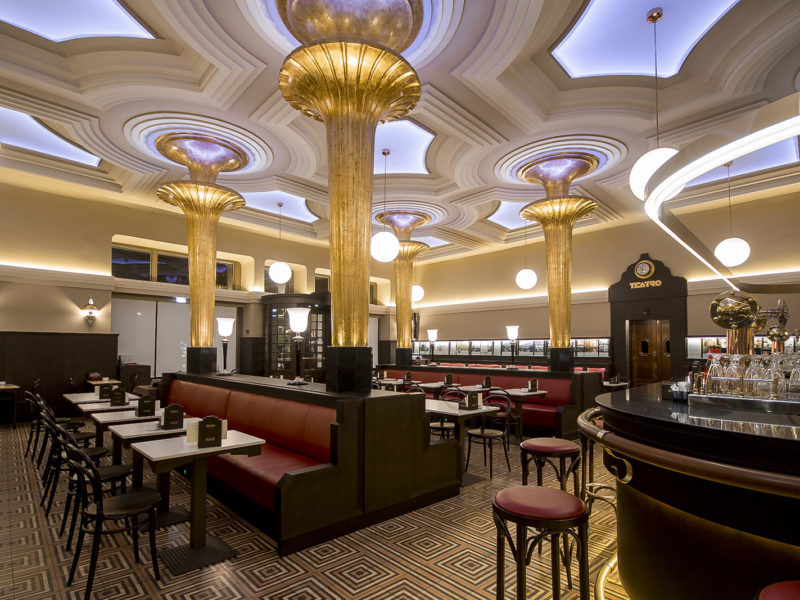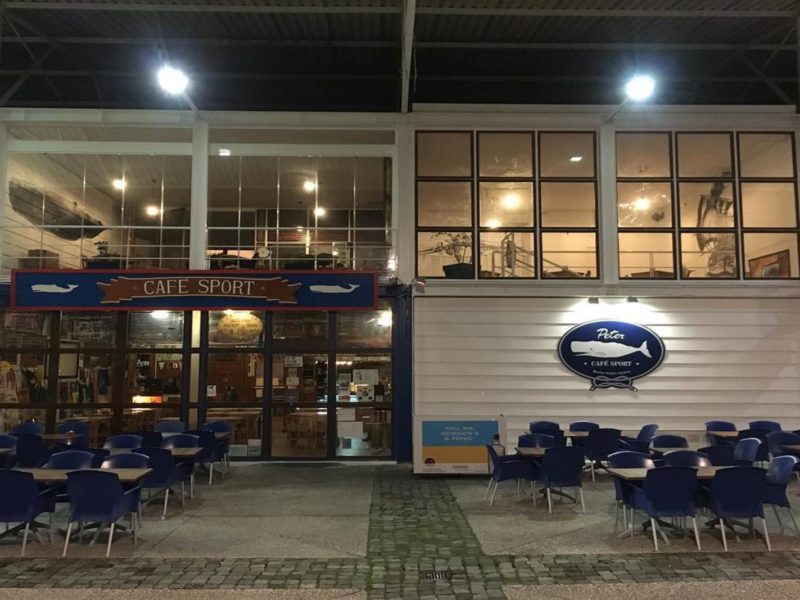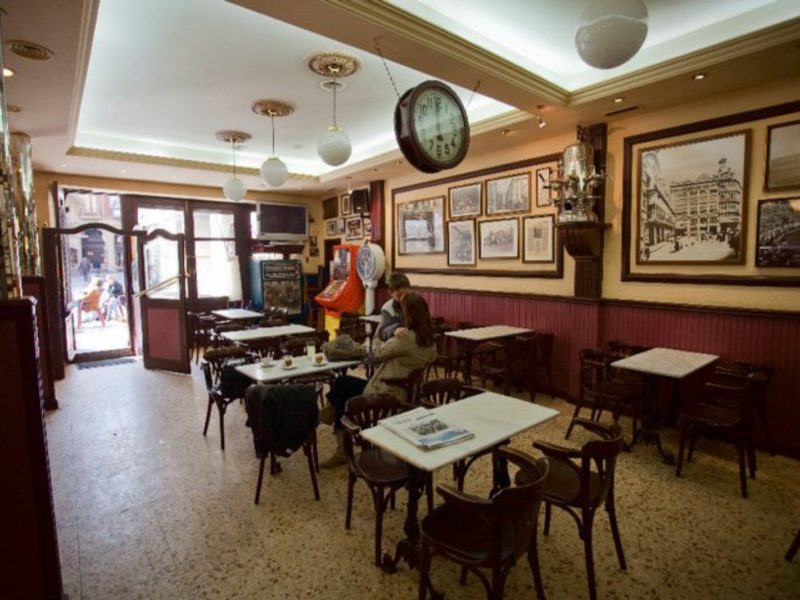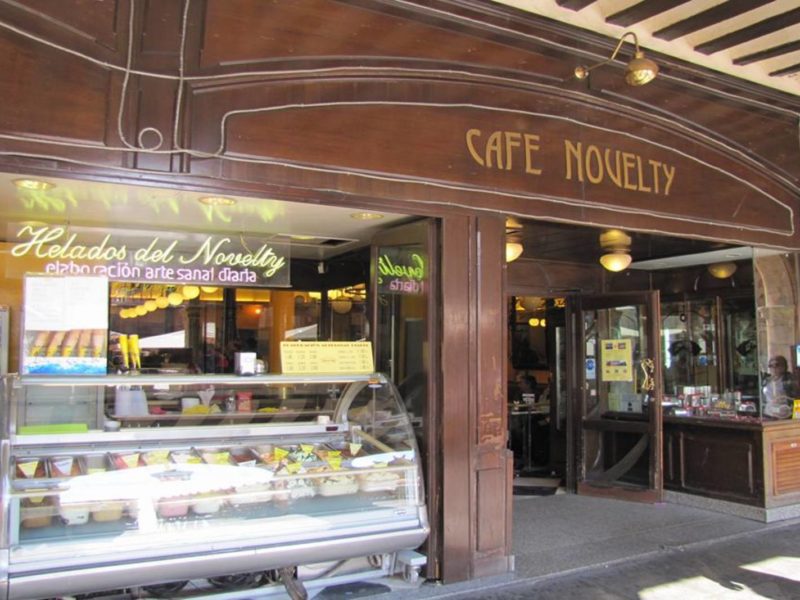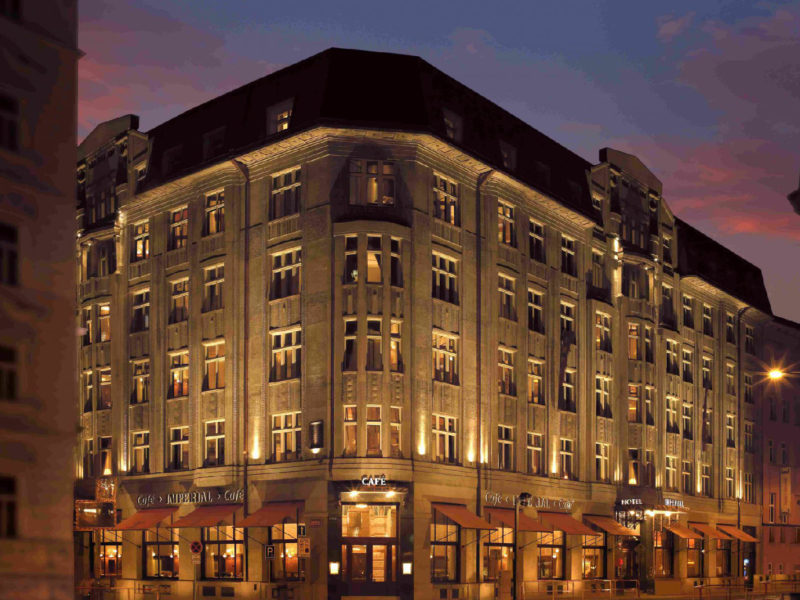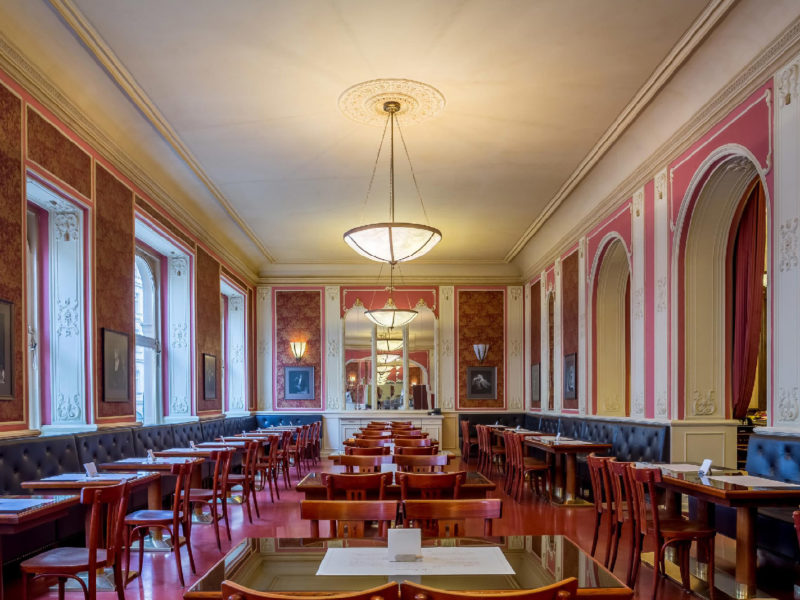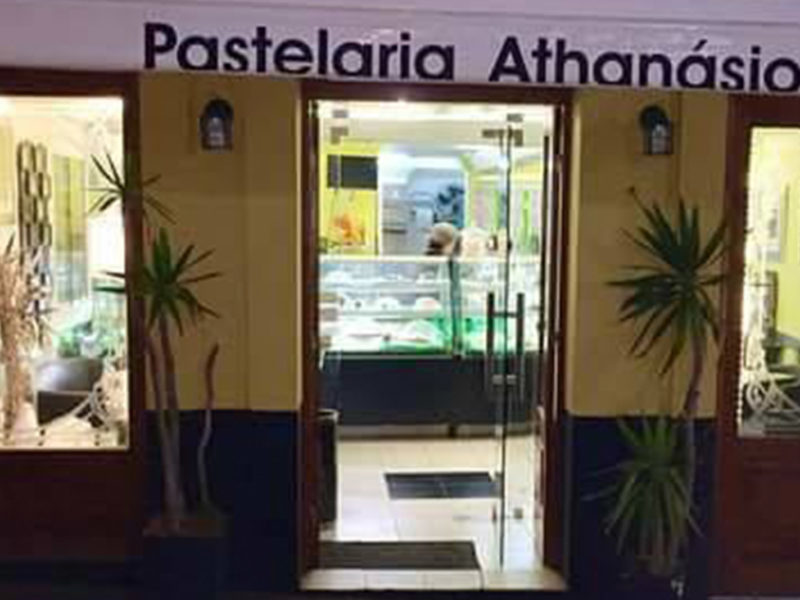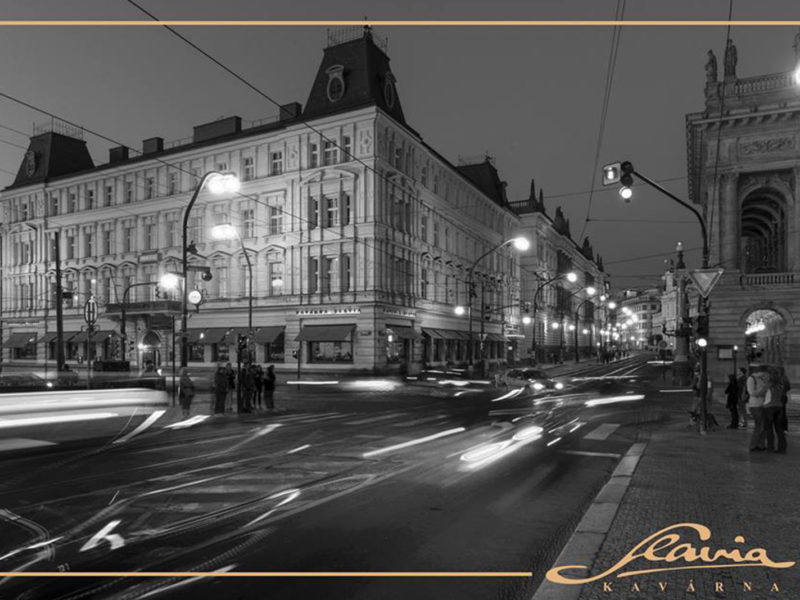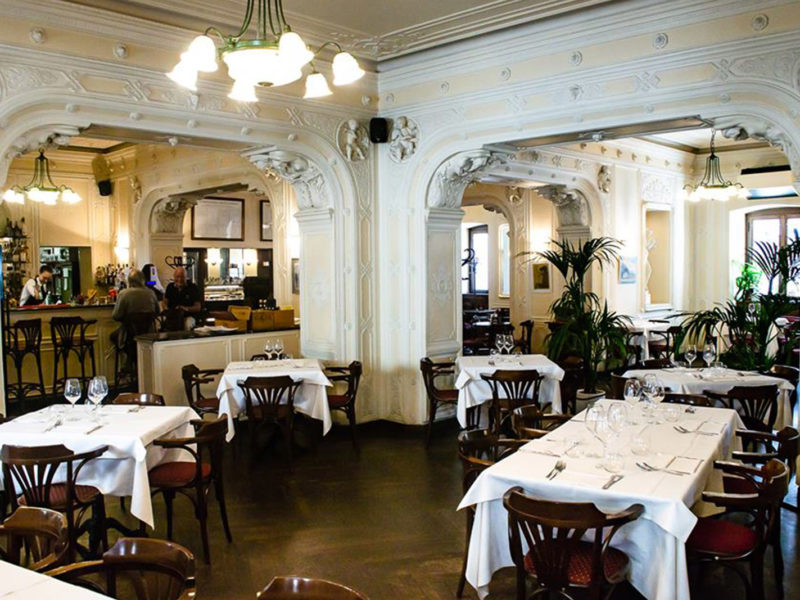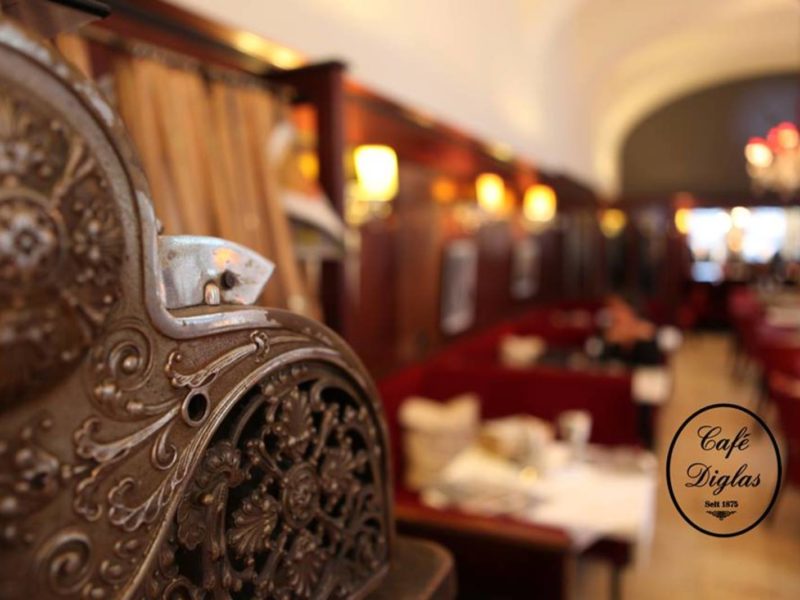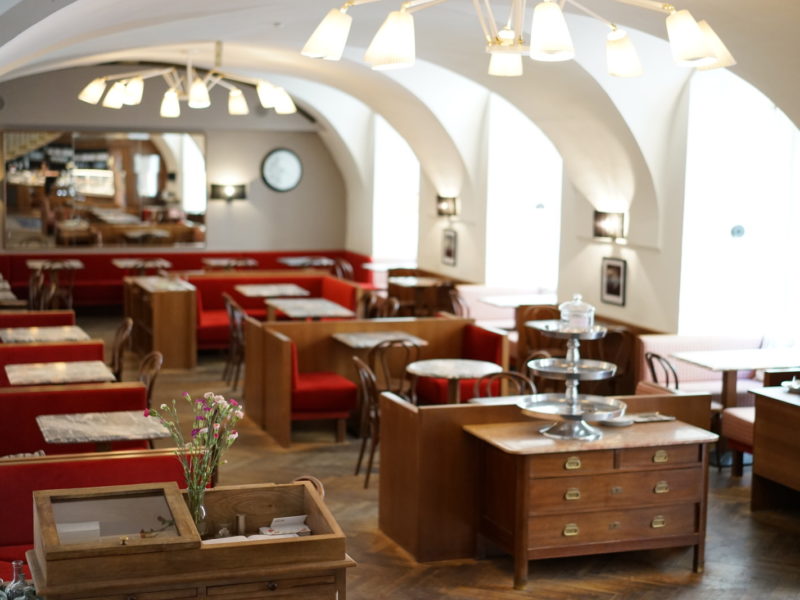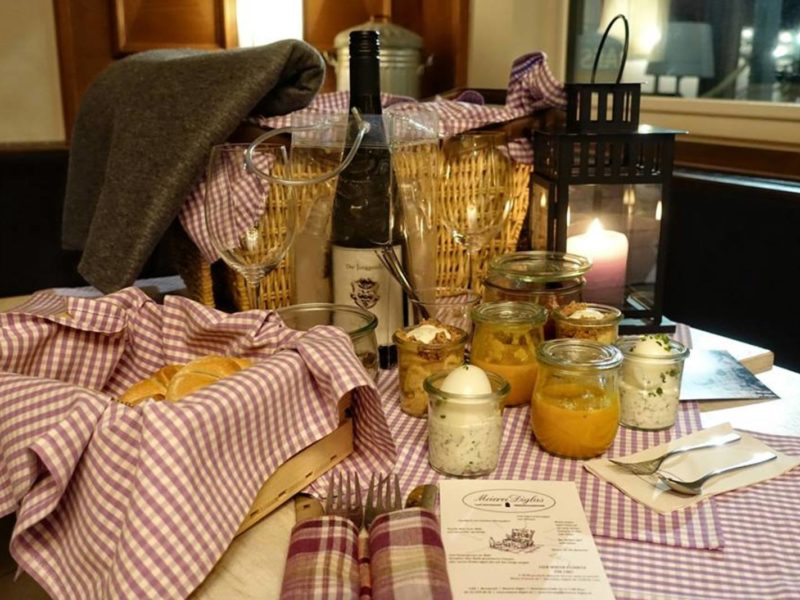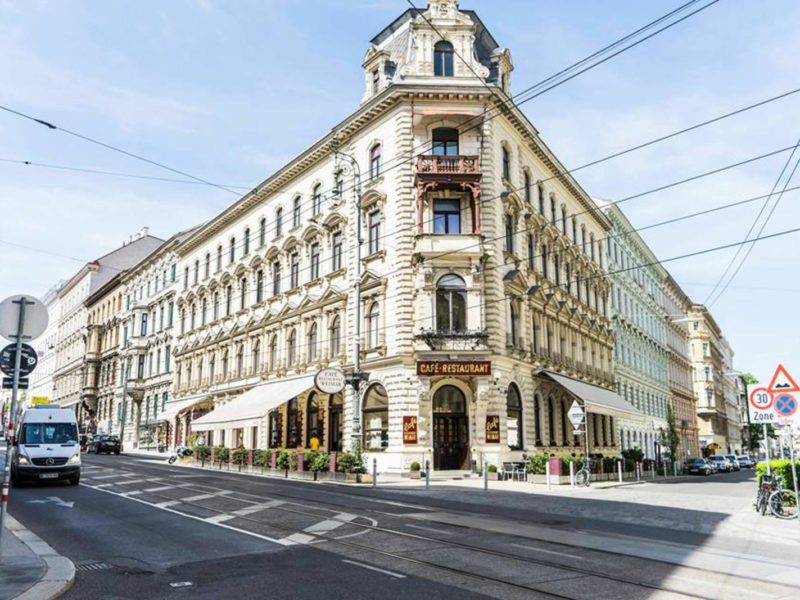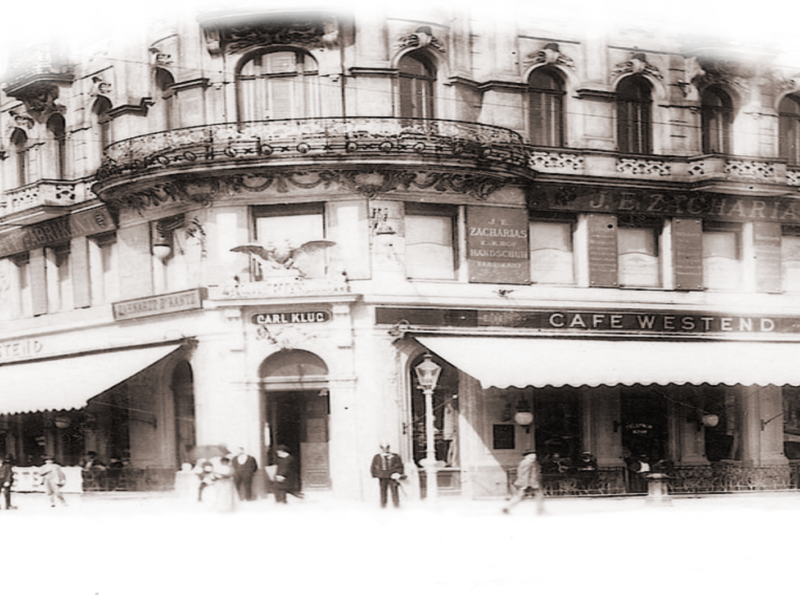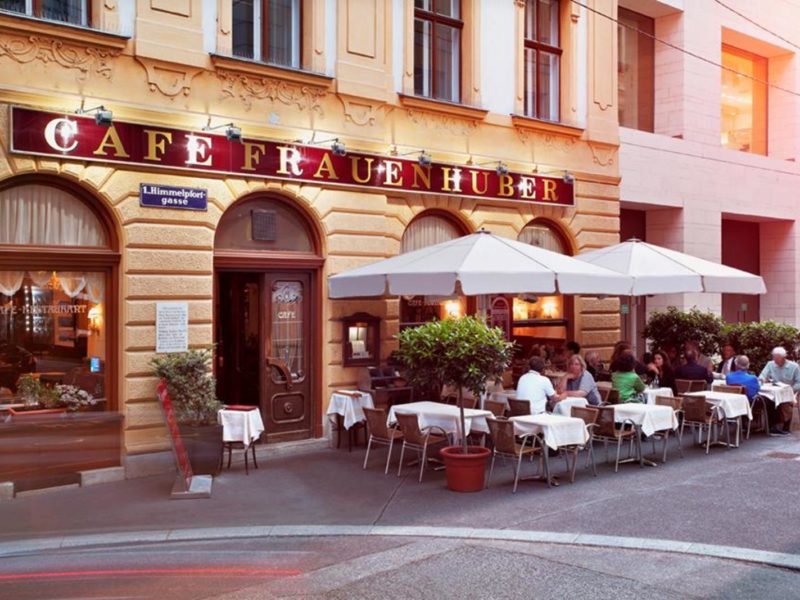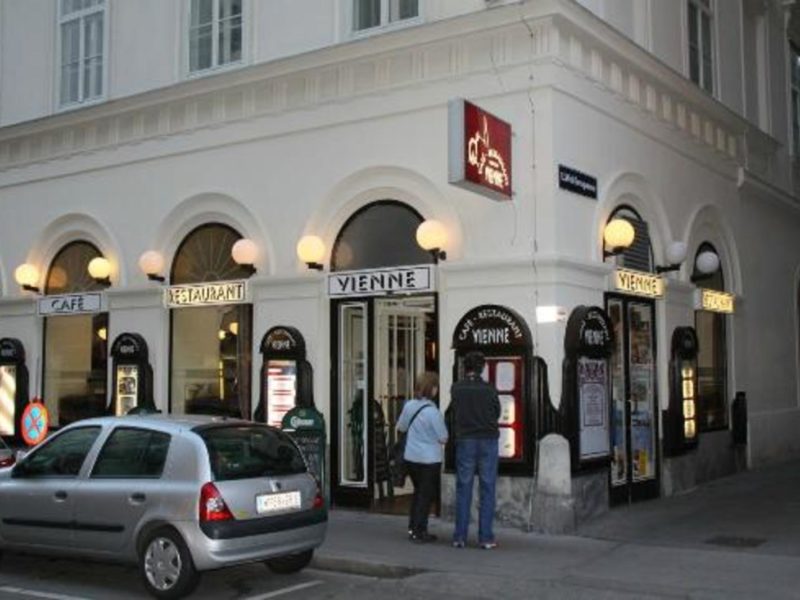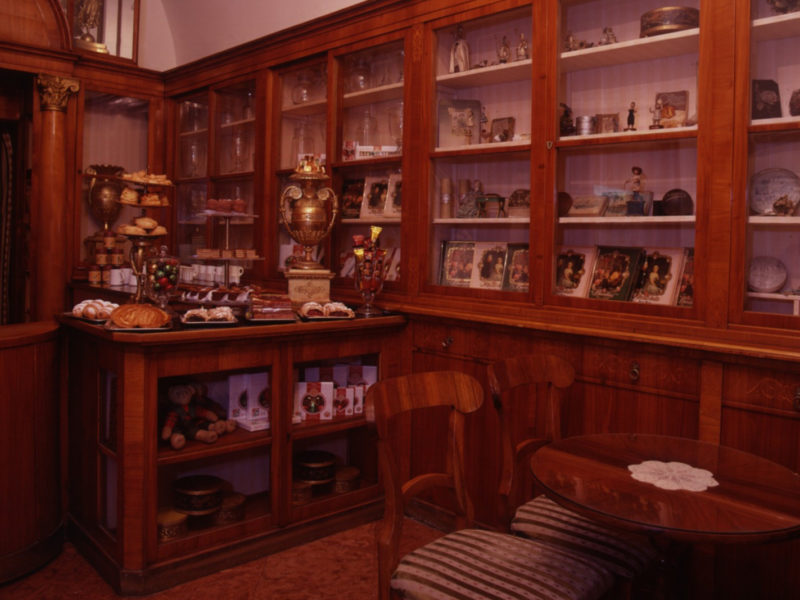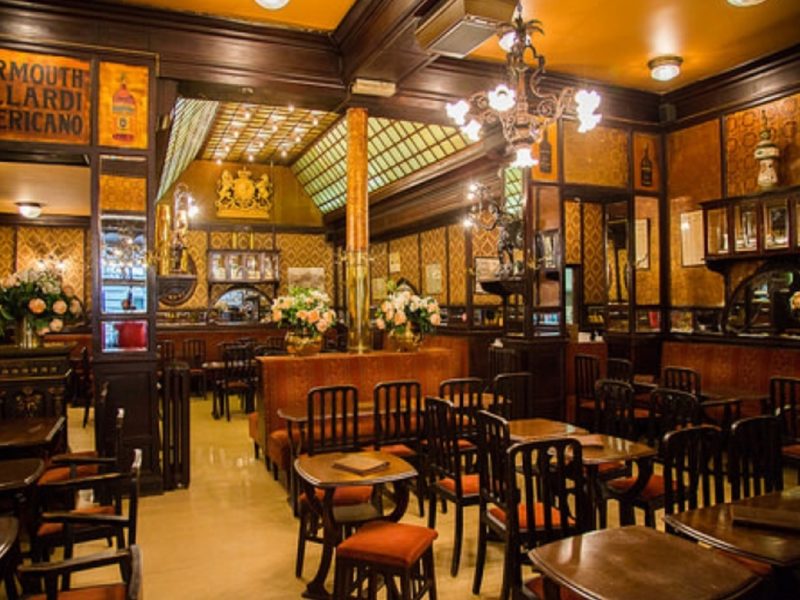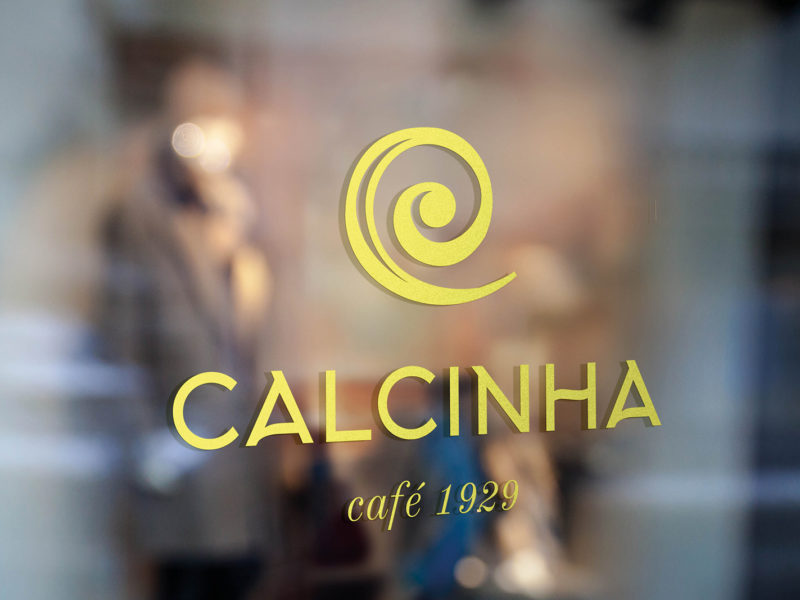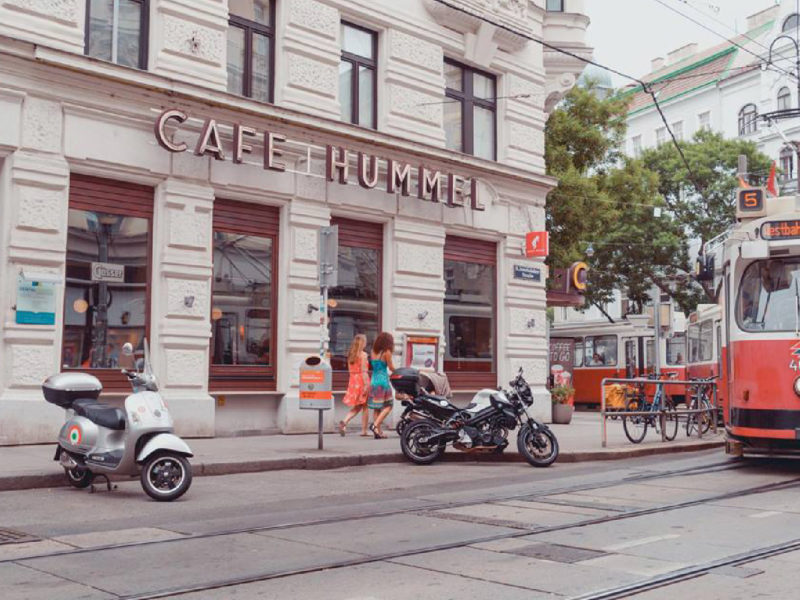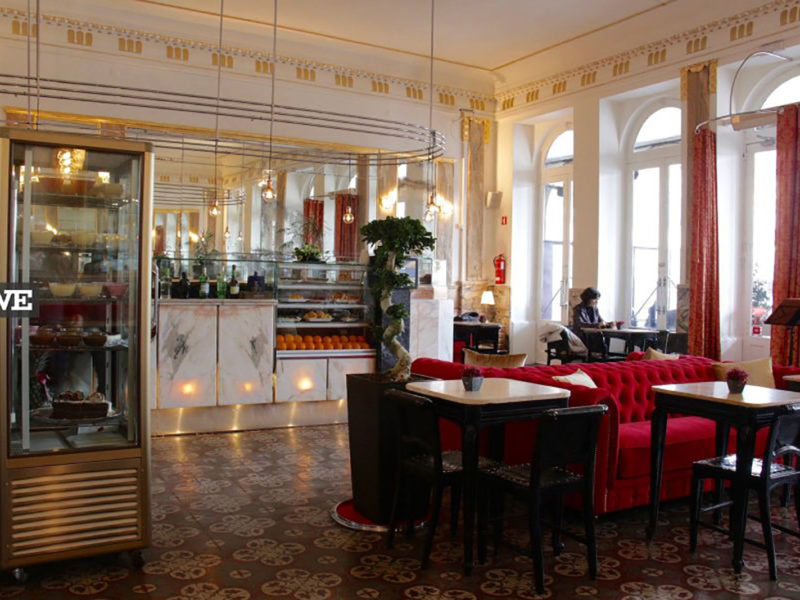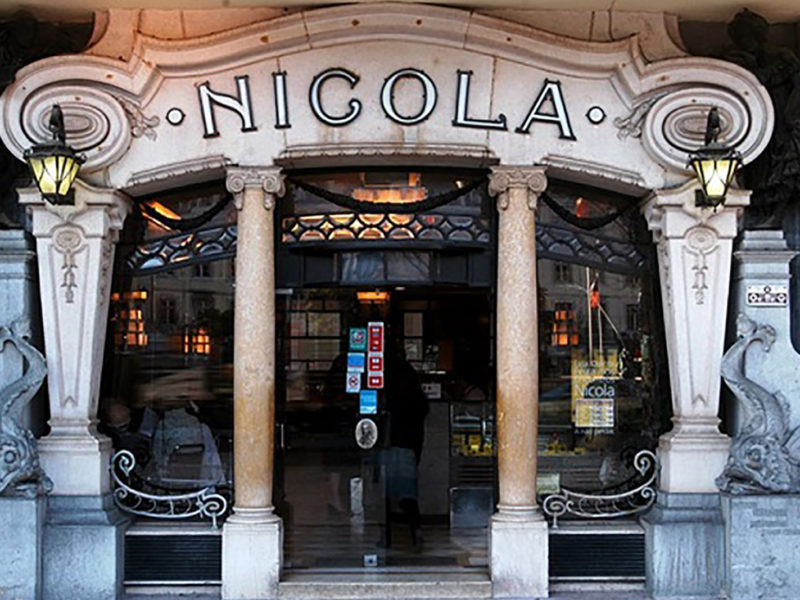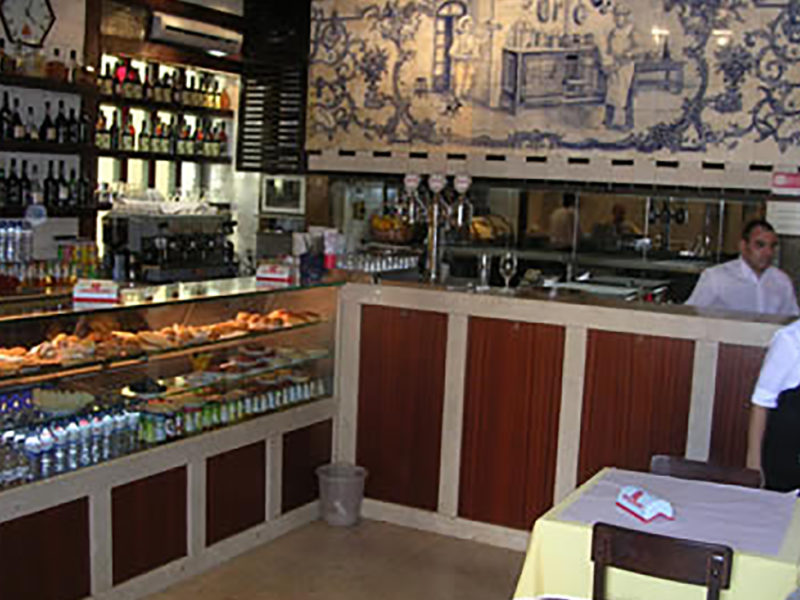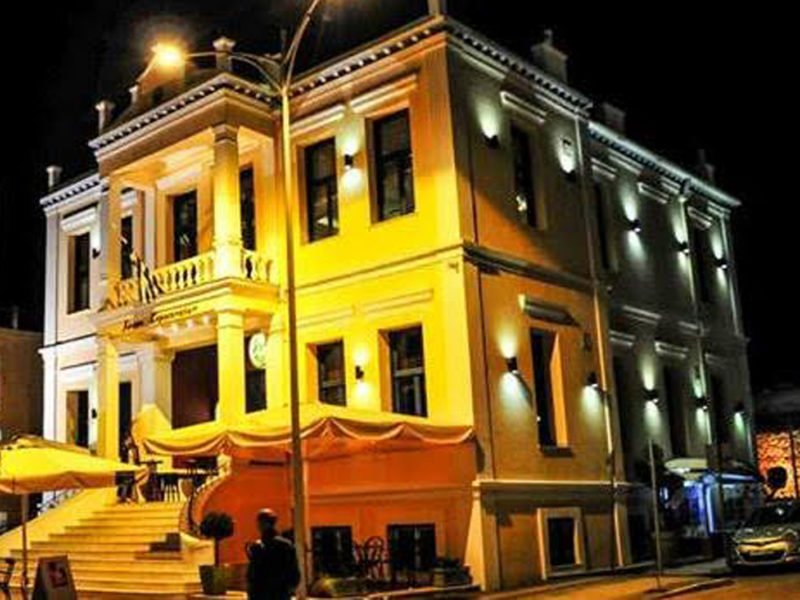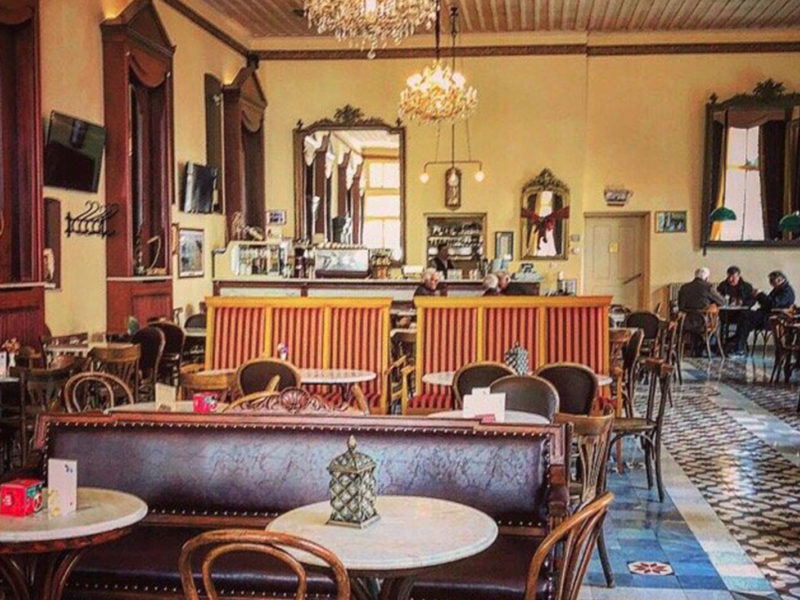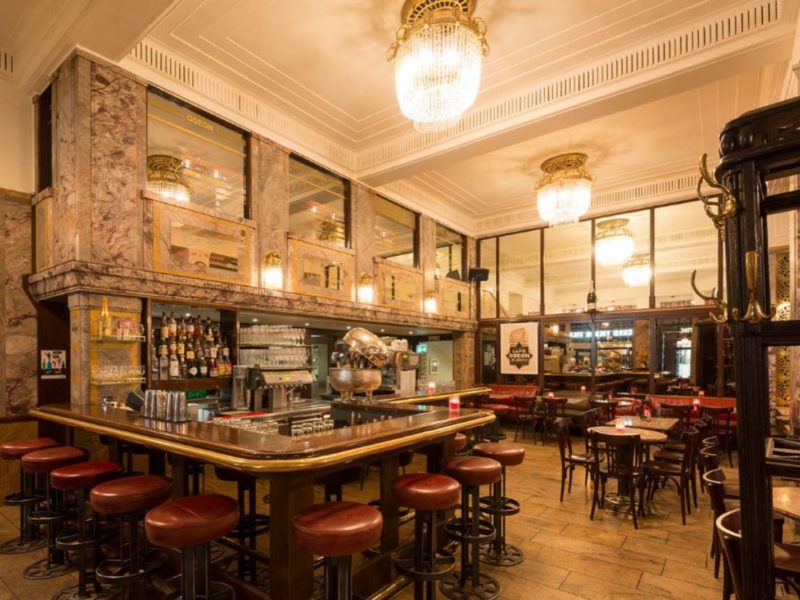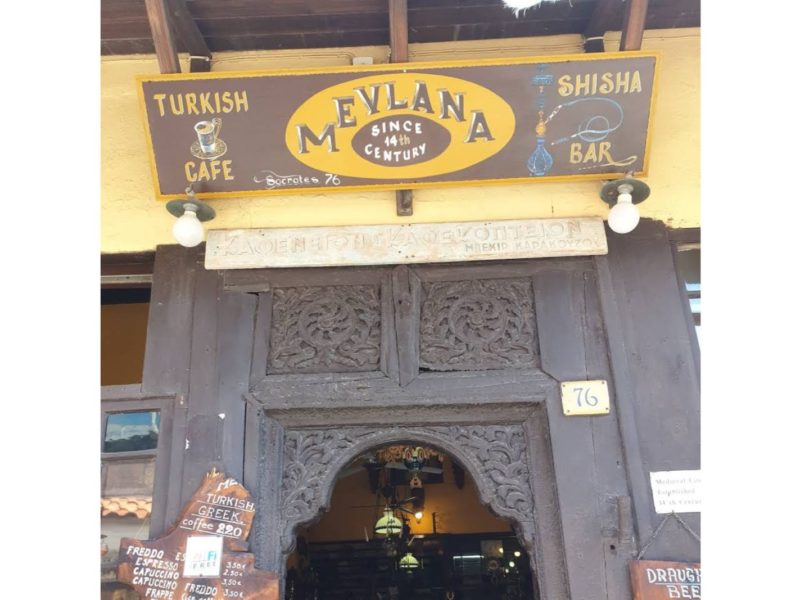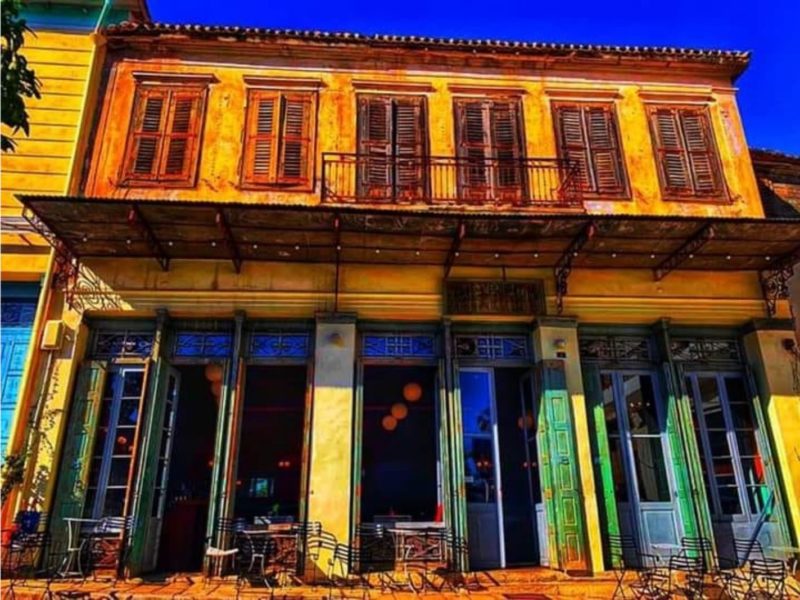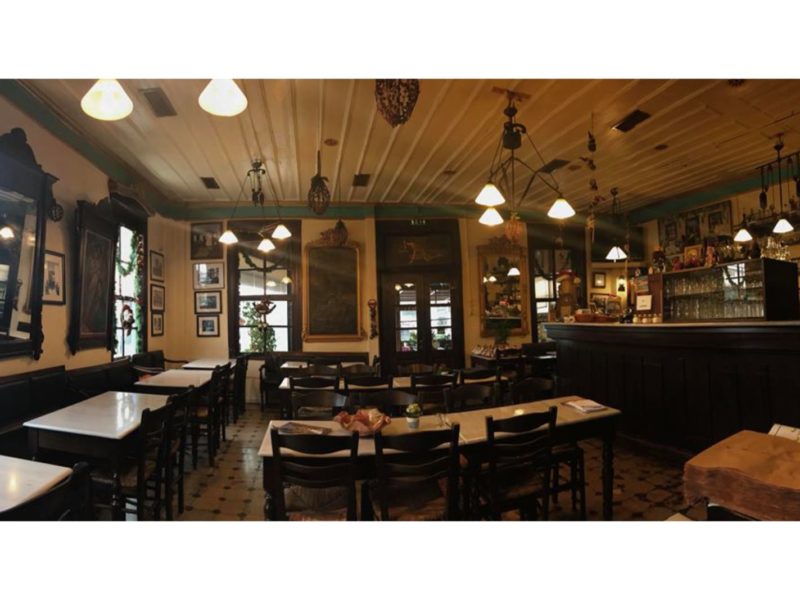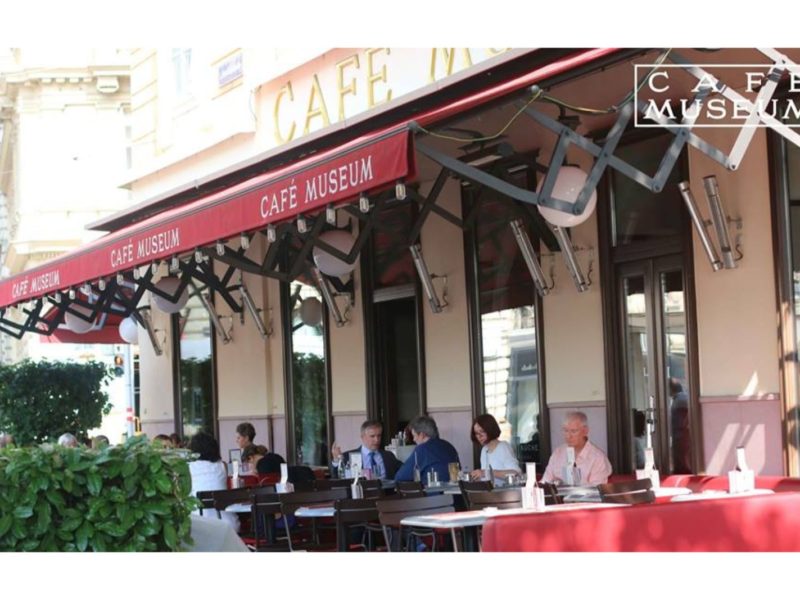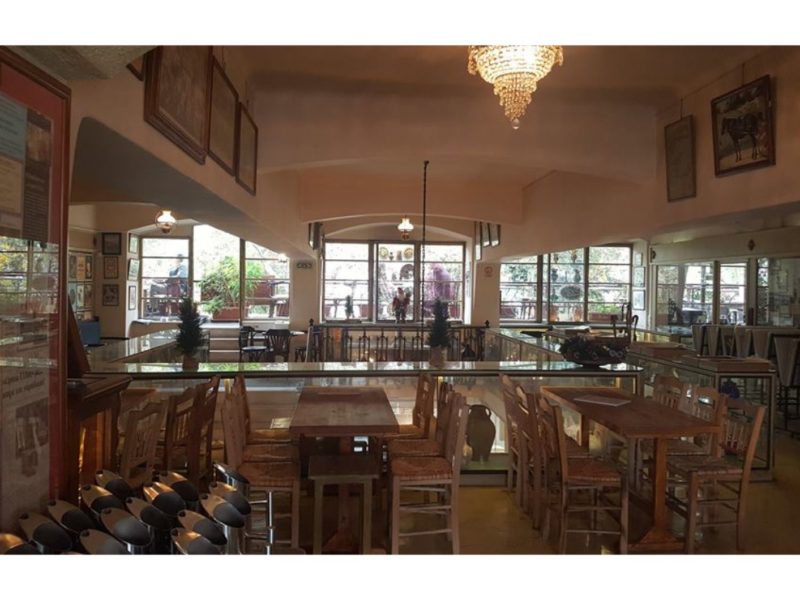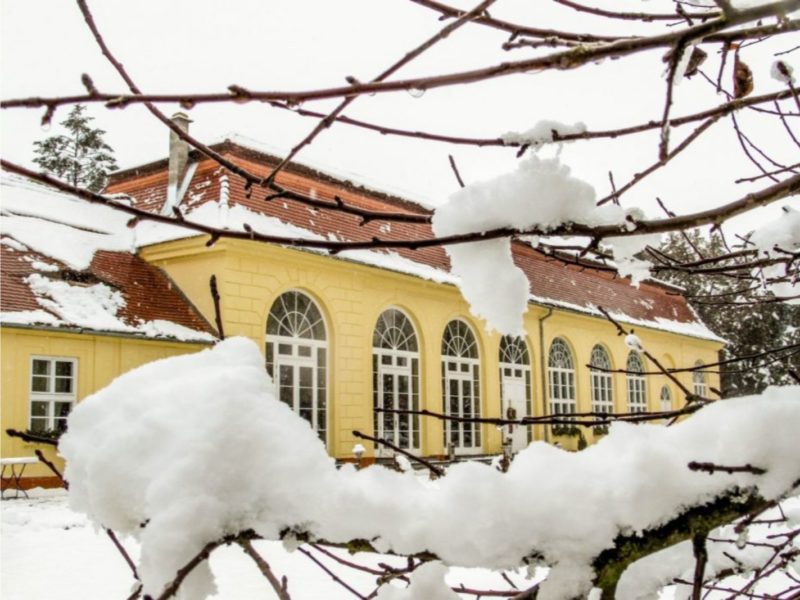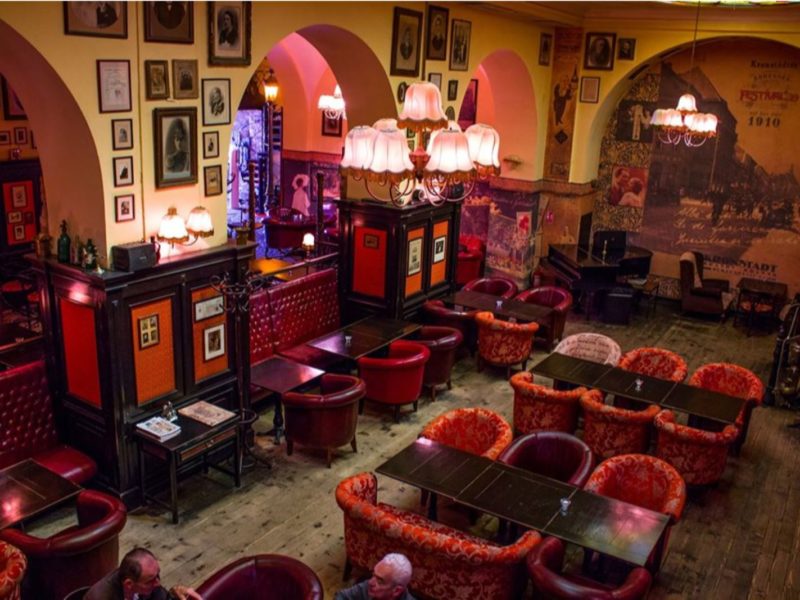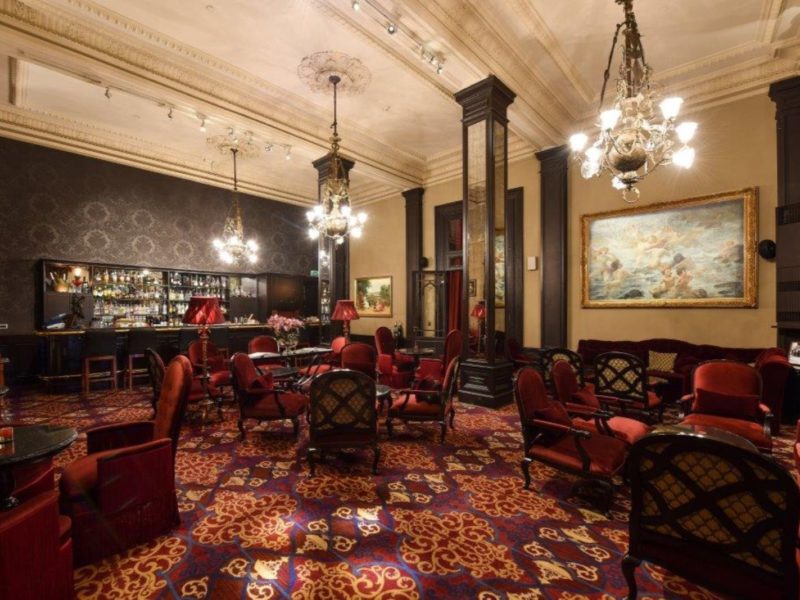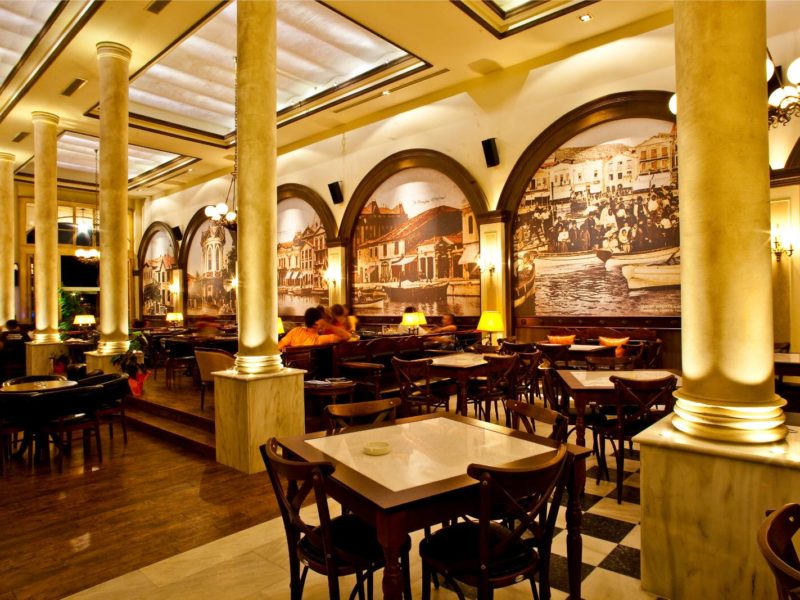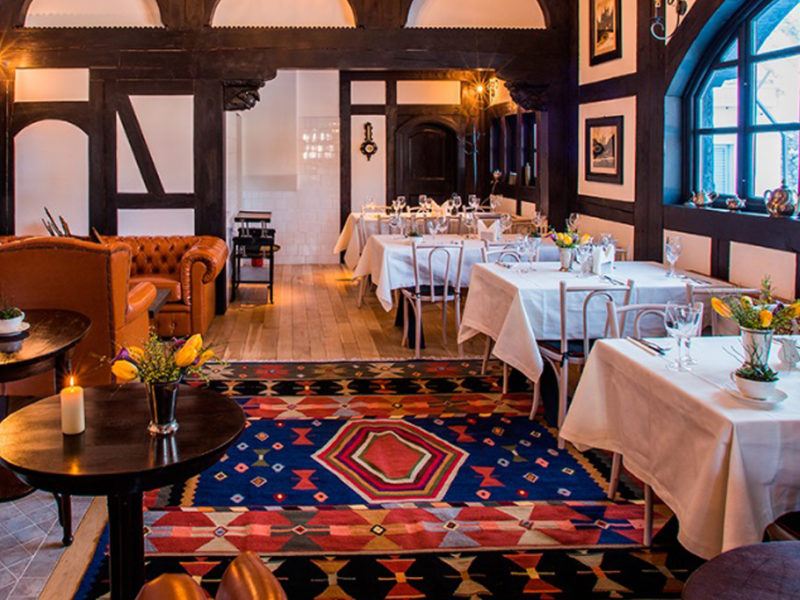ROMANIA – BRAN
Queen Marie’s Tea House was built in the 1920s, as an L-shaped building, using wooden beams and having all the utilities necessary for a home. Built especially for receiving guests in a dream-like setting, the Queen used it to enjoy the five o’clock tea. The architect in charge was the Czech Karel Liman, while the landscaper of the garden and its flora was the German Friedrich Rebhuhn, known for modernizing Bucharest’s Cismigiu Park and the Royal Gardens of Cotroceni Castle and Peles Castle.
Finding a small barn at the foot of the Castle, Queen Marie turned it into her Tea House, out of necessity. She wanted to greet her guests in a more intimate place and closer to nature, in order to enjoy her afternoon tea in the purest British way. It is a known fact that the Queen was the one to introduce the afternoon tea ritual, a custom which would become more and more popular among the Romanian elite of the beginning of the 1900s. Because she loved tea and the moments of peace during the ceremony, the Queen educated her children in the same spirit, having Princess Ileana raise the tea ritual to an art form, even during times of war.
The barn’s change into a tea house took place between 1923 – 1929, time in which the building was constructed, greenery and flowers such as dahlias, lilies and roses were planted in the surrounding area, and the beautiful lakes were arranged. Karel Liman opts for a sizeable and rustic greeting space, built out of prismatic shape wood. Today, the Tea House measures approximately 180 m2, both ground, and upper floor. The building has had electricity and running water since 1934.
Having the kitchen in the Castle, a cable-way was built across a distance of 200 m. The cabin, which wasn’t more than 1 m3, was used to carry the food and beverage which would be served during receptions.
QUEEN MARIE’S TEA HOUSE
24 General Traian Mosoiu Street, Bran, Brasov, Romania – In The Royal Parc of Bran Castle
Bran, Romania
+4 0749 121 120





